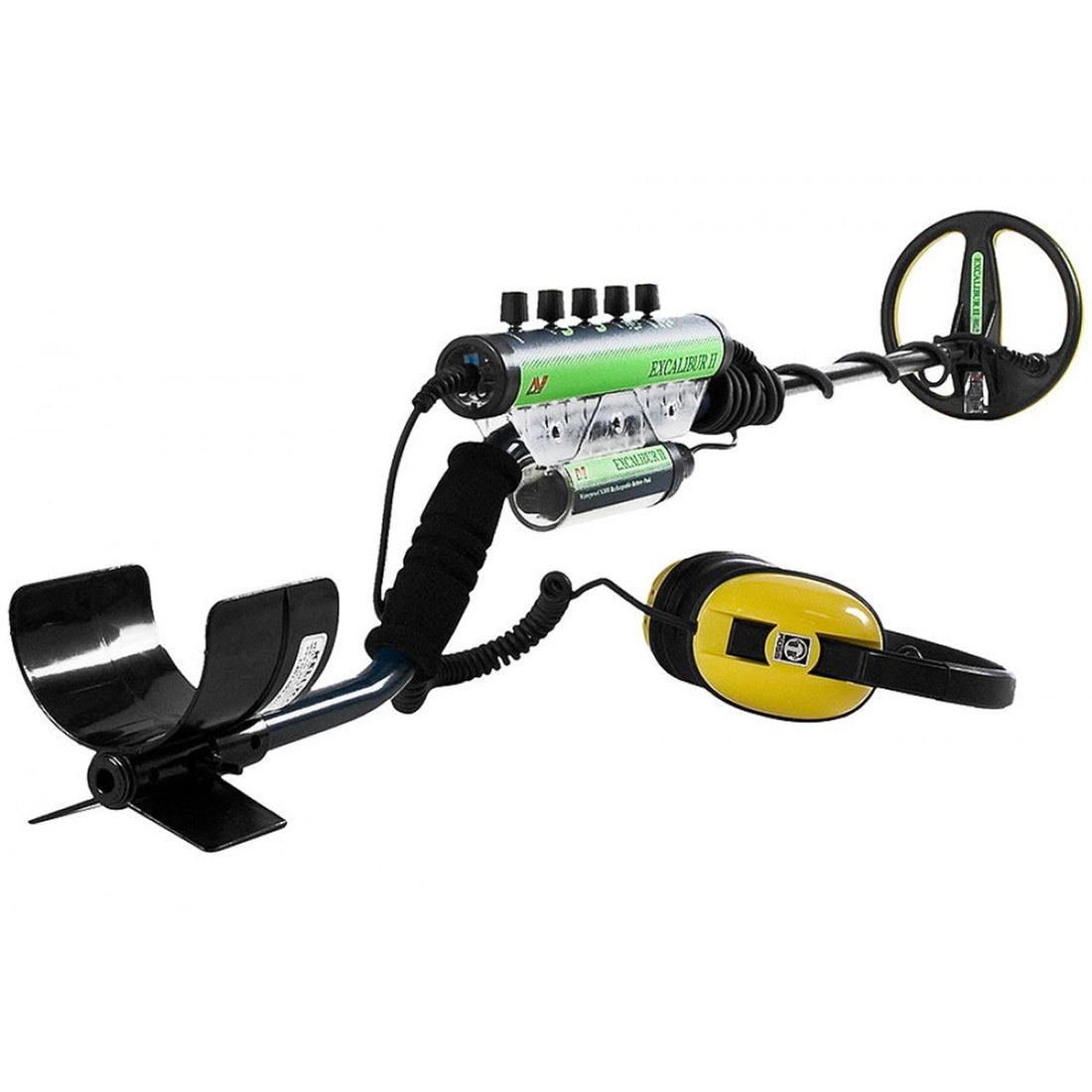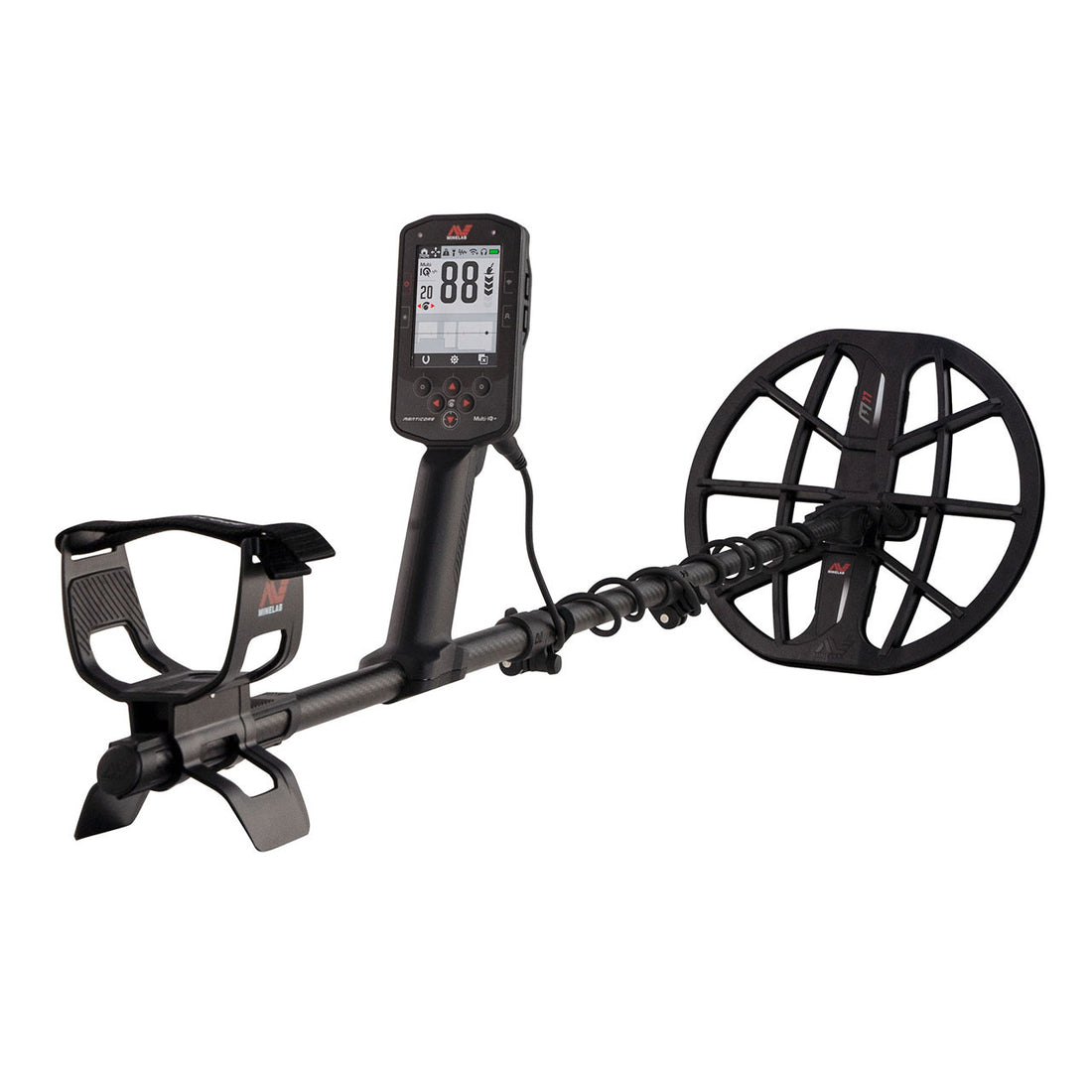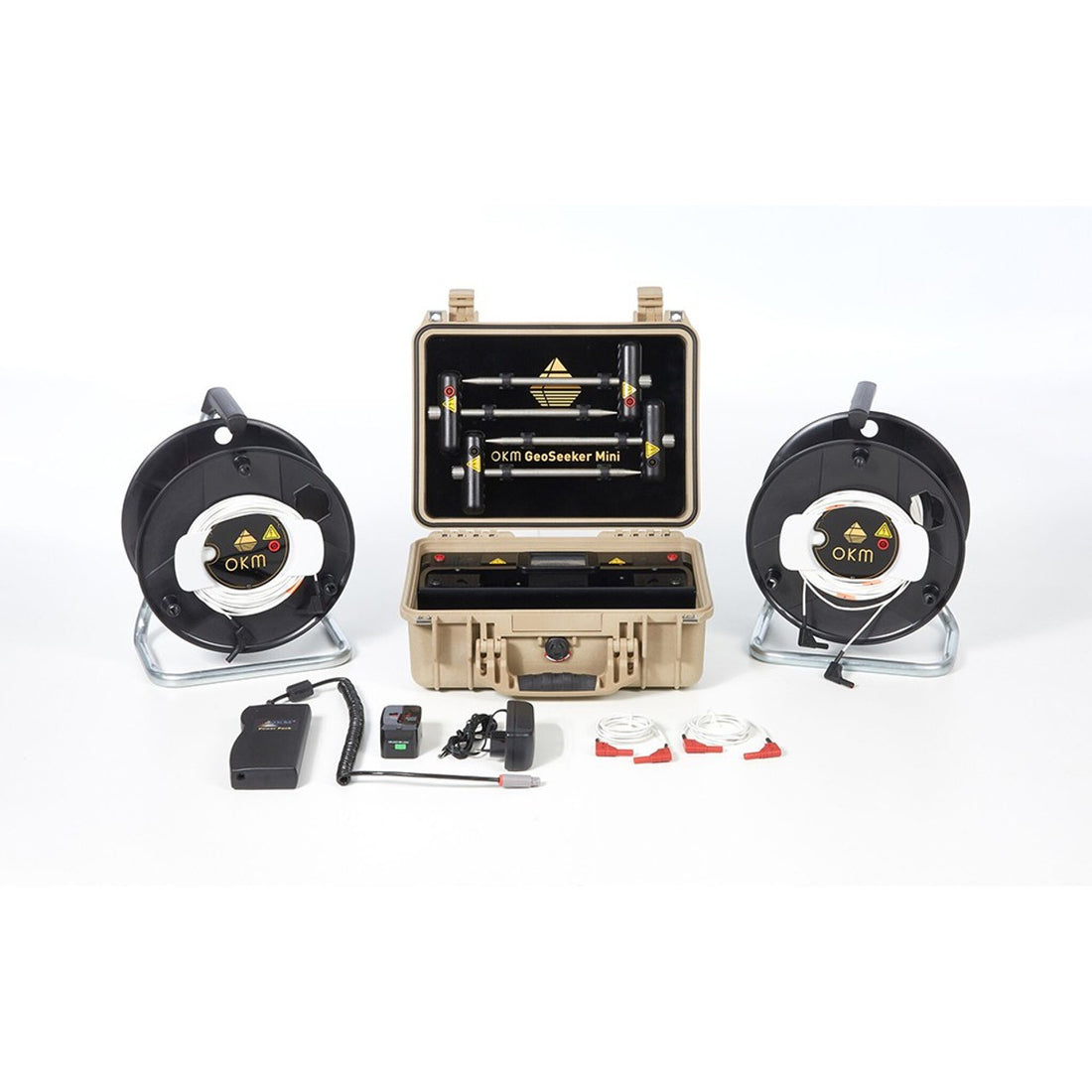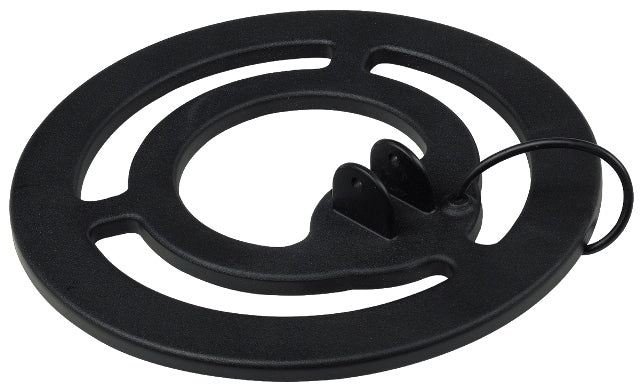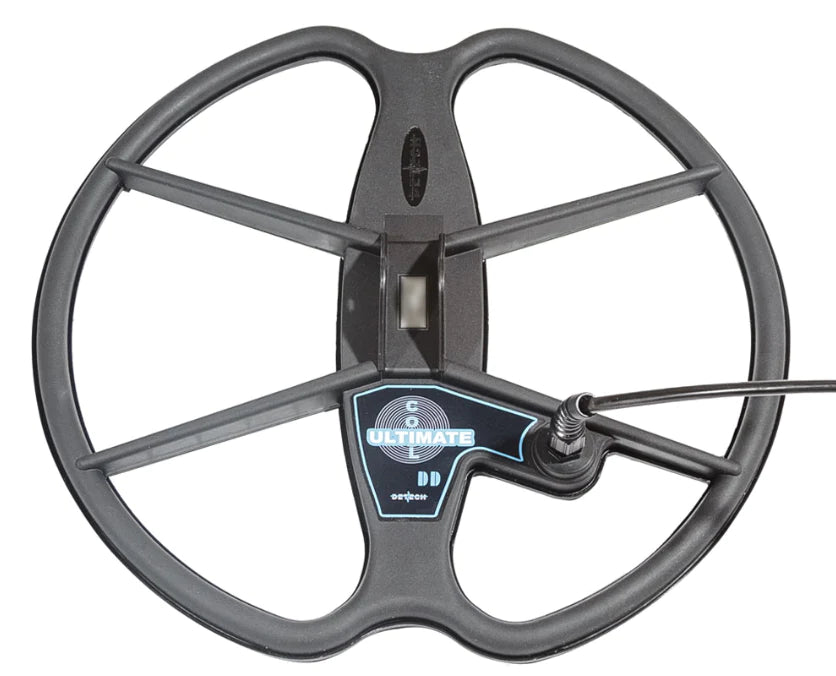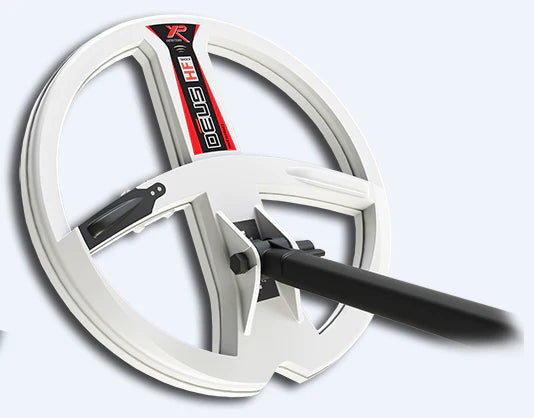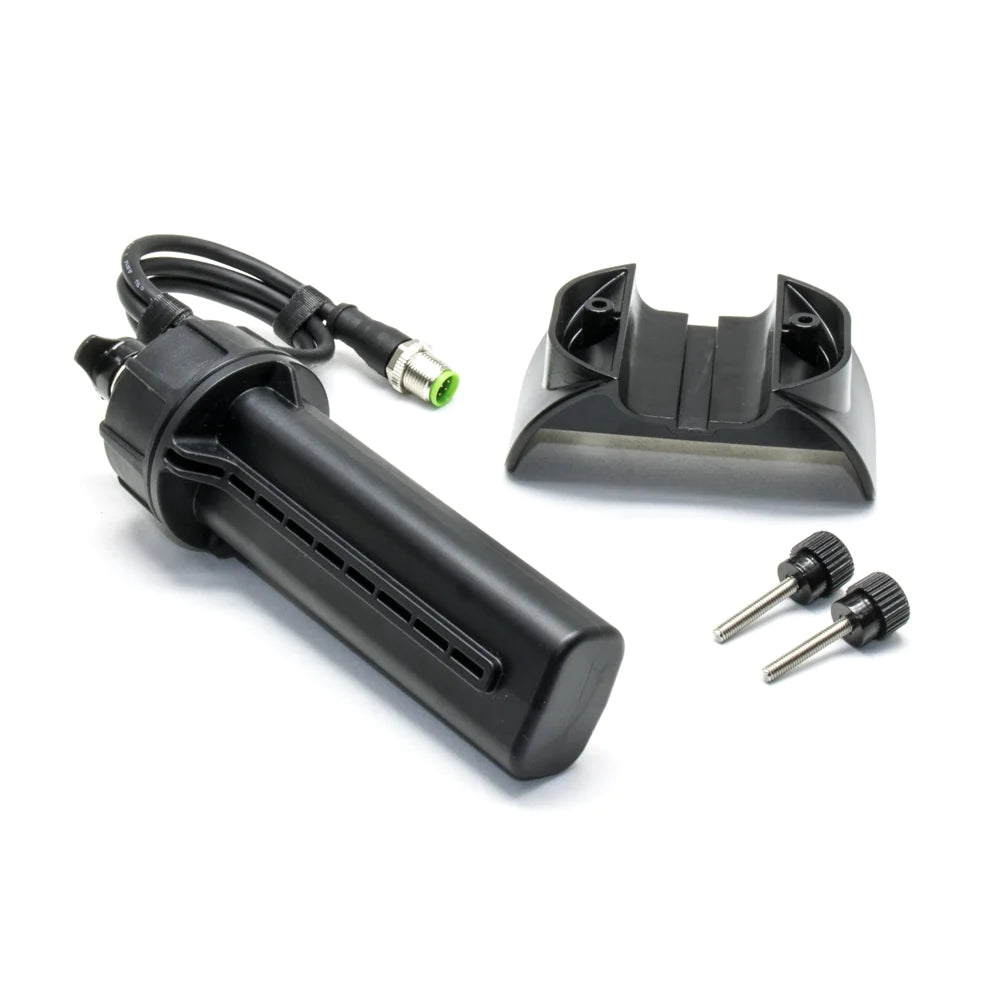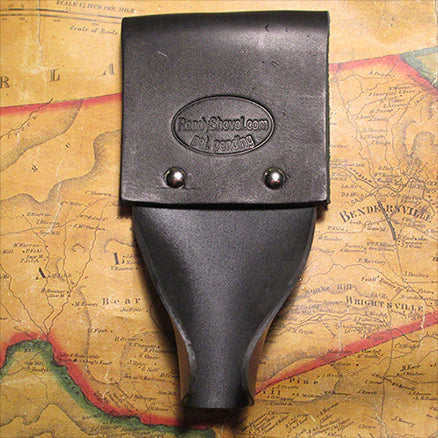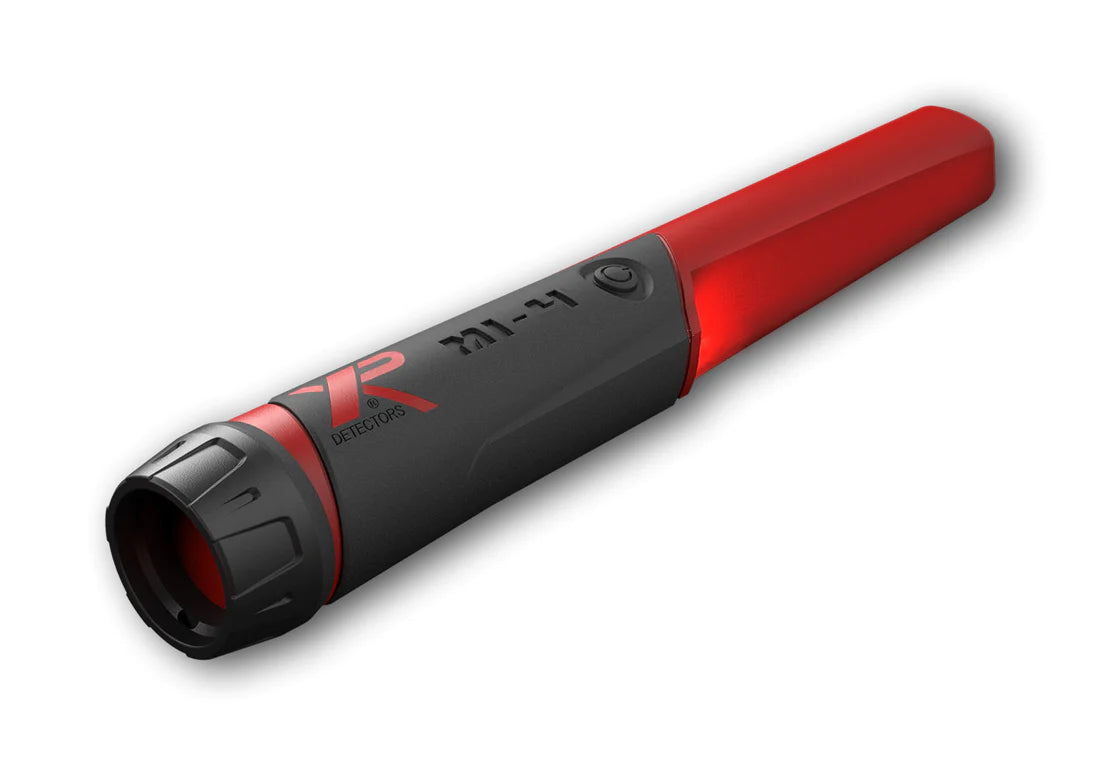What are the Best Metal Detectors for Finding Coins?
What are the Best Metal Detectors for Finding Coins?
The year was 1976. I still remember it like it was yesterday! I was out enjoying a day of coin hunting with my father David at a local ball field. We had been out for the better part of the day when I saw an interesting look come over his face. From his expression, I could tell that there was something different about this find. Rather quickly, I put my metal detector down and went over to investigate. To our amazement, he had just unearthed a silver quarter dated 1876. As a father would do, he explained to me the significance of discovering this coin during the same year in which we were celebrating the bicentennial of our nation. At that moment, my fascination with coin hunting was reinvigorated. Over the years, I’ve told my story to many people. I have answered tons questions on how to get started treasure hunting for coins with a metal detector. In this article I will cover the basics of what you need to know to get started. We will explore equipment selection, metal detecting site selection and also take a look at some of the finds that you might discover.
Coin hunting is a fun activity that can be enjoyed by individuals of all ages and physical abilities. It provides exercise, relaxation, excitement and can also be enjoyed alone or with friends. Some of the most exciting places to go coin hunting include beaches, school yards, parks, ball fields and old home sites. Spend some time researching old sites in the town room of your local library. You may be the first person with a metal detector to re-discover those popular meeting spots of yesteryear. Coin hunting can be a fun and gratifying way to celebrate and connect with history. In your pursuit of buried treasures you will undoubtedly learn a great deal about history and potentially profit along the way.
While pursuing the hobby, you will discover a wide range of individual coins. Some of the more exciting items that you may encounter in the United States might include a 1916D silver dime. In good condition this rare coin can be worth up to $1,000! Some of the more interesting state coins that you might encounter include the Massachusetts Pine Tree shilling. Being a coin collector even before owning a metal detector, finding one has always been a dream of mine. In fine condition this coin can be worth up to $1800. In other parts of the world, ancient Roman and Medieval coins date back thousands of years and can command far greater premiums. A “Treasure Cache” is another find that you may unearth. This is a jar or other container filled with coins. It was not uncommon for individuals to bury their coins rather than bring them to the bank. Common hiding places include stone walls, walkways, walls and locations near large trees.
Right about now you are probably saying to your self, this sounds good, but how do I know what to look for in a metal detector? So let’s turn our attention to the specific product features that you should be looking for in a coin hunting metal detector. Let’s start with the simplest first. Take a look at the overall weight and configuration of the model that you are considering. Some models are pole mounted, while others have the option of being pole mounted or hip mounted. As many of the newer detectors are produced from light weight micro electronics, weight has become less of a factor but it is still a good starting point. The next point to consider is the target identification feature. Some models include basic to more elaborate meters which can identify the targets in the ground before you dig them up. Other models feature audio tone identification or a combination of the two. If you are a more visual person, you will probably be most in tune with a digital display meter. If you have a keen sense of hearing, the tone identification feature might appeal to you. If you will be metal detecting in an area with heavy ground mineralization you will want to consider either a detector with a ground balance control or a multi frequency style detector. Most detectors come with a standard, medium sized search coil. These standard coils provide good depth and sensitivity to coin sized objects. You can also choose a larger search coil as an option for locating deeper targets or a smaller coil for isolating targets that are close together. Finally, if your budget allows, get yourself a model that includes a built in pinpoint control. With it you can precisely zero in or pinpoint your target under the search coil, so you know exactly where to dig.
I have taken the time to show you the most popular models to help you get started. Here are some of our top picks for coin hunting metal detectors. One of the great features of the MetalDetector.com website is our “shop by product features” tool. Simply add the coin metal detectors that you are considering into your comparison basket and select compare. All the features that we have discussed in this article will be shown in an easy to read, side by side comparison chart.
Entry Level Coin Detectors:
Mid Level Coin Detectors:
Top End Coin Detectors:
- DEUS 2 Waterproof Multi Frequency Metal Detector
- Nokta Makro The Legend Waterproof Metal Detector Pro
- Garrett GTI 2500
- XP Deus
- Nokta Makro Anfibio Multi
- Garrett AT Max
Armed with a good sense of your options, you are now ready to pick out the best model for coin hunting. From experience, I can tell you that if you enjoy the hobby, your first detector will be one of many that you will own over the years. Be sure to get enough features so that you will not find yourself needing to upgrade for a while. On the other hand, do not go overboard with features that you may not ever turn on or use. There are a number of great metal detectors to choose from and many great areas to use them. I am still looking for that elusive Pine Tree Schilling but as you can see, I have had many great adventures over the years. No matter which model you select, the treasures you will discover are sure to provide you with many great stories of your own to share.
Copyright Detector Electronics Corp. 2014 - Revised November 2021

